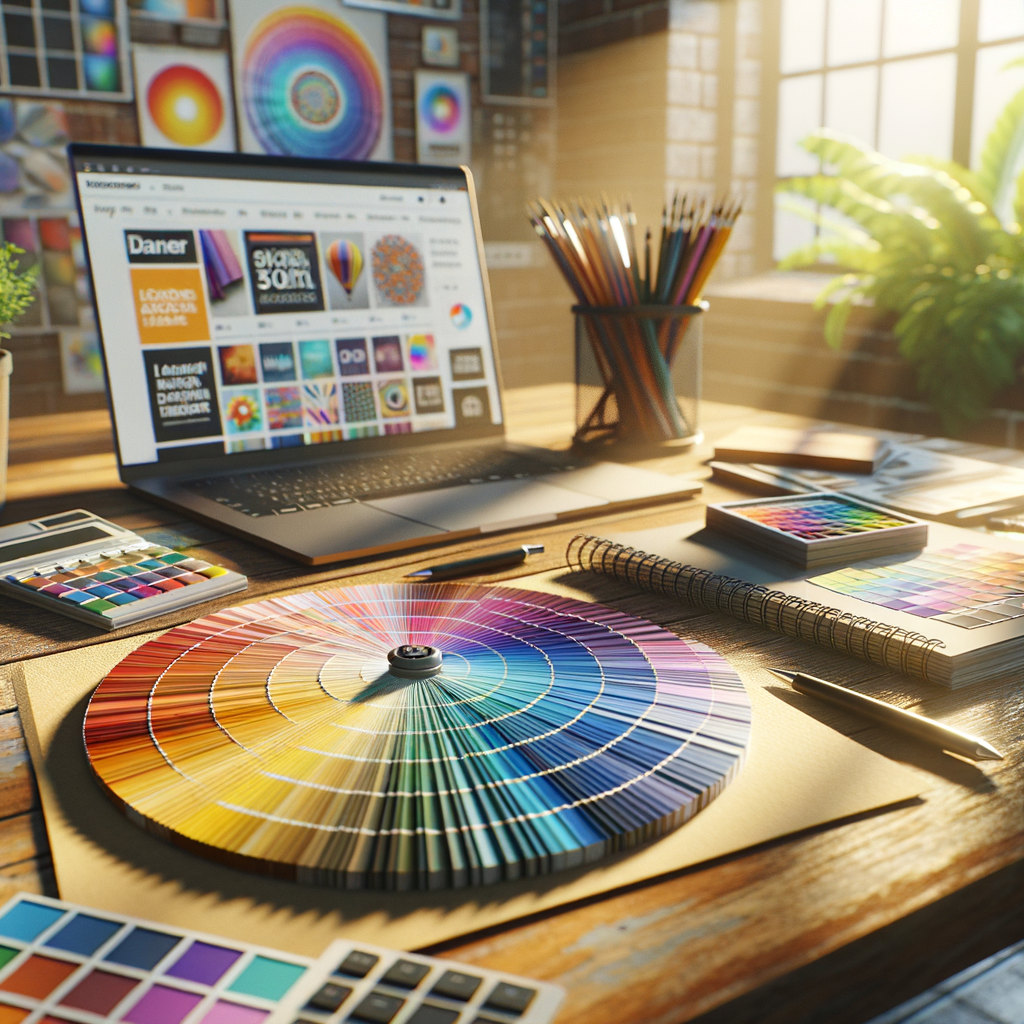The Psychology Behind Color Choices in Banner Ads That Convert
Explore how the colors you choose for banner ads can drive emotion, action, and higher click-through rates with proven marketing psychology.
The Psychology Behind Color Choices in Banner Ads That Convert
As a digital marketer, I’ve learned that the colors you select for your banner ads can be just as powerful—if not more so—than the copy you write or the call-to-action you craft. Far beyond visual aesthetics, color choices tap into universal psychological triggers that influence viewer behavior, emotion, and ultimately, conversions. In today’s crowded digital space, mastering color psychology in banner ad design isn’t optional—it’s essential for brands that want to stand out and encourage clicks.
The first impression a viewer forms about your banner often depends on color. Think about the last ad that caught your attention: were you drawn to a bold red sale announcement, a serene blue background, or a splash of bright yellow? Each of these choices is more than a design preference; they have real psychological impacts. For years, marketers have studied how colors not only attract attention but also evoke specific emotions and motivations. Red, for example, is famous for its urgency, passion, and ability to inspire action, which is why it’s commonly used in clearance ads or calls to action.
From my experience, the context of the banner’s placement and its intended audience also play critical roles in determining the optimal color palette. Advertising a summer beach sale? Warm tones such as orange and yellow can make viewers feel the warmth of the sun and evoke happiness. Focusing on tech-savvy professionals? Cooler hues, particularly blue and green, convey reliability, trust, and innovation. Successful brands do more than just pick colors they ‘like’—they align shades with brand identity and campaign objectives while factoring in the psychological responses of their target demographics.

Diving deeper into the science, color psychology is rooted in both cultural associations and biological reactions. Certain hues are near-universal in their impact: blue, for example, is found to instill trust and dependability, making it a staple for financial and healthcare ads. Green symbolizes health, growth, and safety, which is why it appears in eco-friendly campaigns. However, color interpretations can be influenced by age, gender, and even geography, so understanding your audience is vital. An ad campaign targeting Gen Z might leverage unexpected color combinations to capture a sense of modernity and disruption, while a traditional luxury brand might stick with black and gold for sophistication.
Color doesn’t work alone; contrast, saturation, and balance play equally significant roles in banner ad effectiveness. High-contrast pairings like white text on a dark background bolster readability and improve message retention. Yet, overuse of high saturation can feel overwhelming and off-putting. Subtle gradients, harmonious color schemes, and consistent branding help guide the viewer’s eye smoothly to your call-to-action, blending psychological triggers with clear direction toward the next step.

I’ve found that A/B testing color variations, particularly for high-traffic campaigns, is one of the most reliable methods for maximizing conversion rates. It’s rarely enough to rely on intuition alone; data-driven insights reveal how minor shifts in hue or background/foreground pairings can produce significant upticks in engagement. Many leading brands continually rotate new colorways to test real-world responses, sometimes uncovering surprising preferences among their audiences. Key performance metrics, like click-through rate (CTR) and cost per acquisition (CPA), often vary noticeably with different color schemes, underscoring the importance of ongoing experimentation.
Ultimately, the power of color in banner ad design stems from its ability to bypass rational filters and connect directly to emotion. When viewers feel something—urgency from red, calm from blue, or excitement from yellow—they’re more likely to notice, remember, and act on your ad. By thoughtfully choosing colors based on psychological principles, audience insights, and continuous testing, marketers can craft banners that perform better in today’s attention-starved digital world.
Conclusion
Effective banner ads aren’t just beautiful—they’re strategic. Understanding the psychology behind color choices unlocks new opportunities to boost your message’s impact, strengthen your brand, and drive higher conversions. By harnessing emotional responses through color, marketers gain a lasting edge in the fast-moving world of digital advertising.
Blog Article Tags
color psychology banner ad design advertising strategies digital marketing conversion optimization marketing psychology banner ads click through rate user behavior brandingMore Articles
Maximizing Your Reach: Effective Social Media Strategies for Indie Creators - Discover actionable social media strategies for indie creators to engage fans, grow your audience, and increase support across disciplines.
How to Turn Your Freelance Cinematography Hustle into a Viral Brand on TikTok and Beyond - Explore effective strategies for freelance cinematographers to go viral on TikTok, build a standout personal brand, and land high-paying clients in 2025.
The Psychology of Visual Storytelling: Craft Social Content That Converts - Uncover how psychology-driven visual storytelling can transform your social media content—engage audiences deeply and drive real-world sales results.
Unlocking Viral Potential: Niche Social Media Tactics for Small Brands - Explore how unconventional, targeted niche social media strategies turn small brands into global sensations through digital growth and viral marketing insights.
The Hidden Psychology Behind Successful Social Media Promotion Gigs - Explore the psychological triggers that drive viral social media promotion gigs and learn how freelancers can harness them to achieve superior results.


